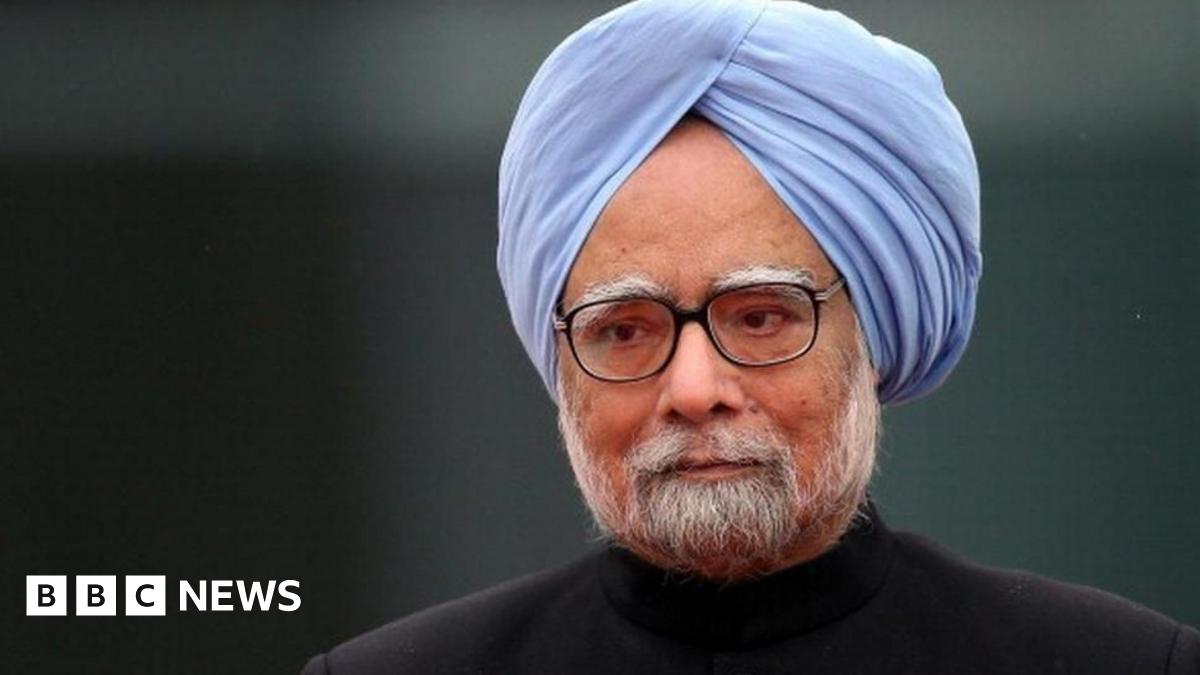Unlock the Editor’s Digest for free
Roula Khalaf, Editor of the FT, selects her favourite stories in this weekly newsletter.
Russian anti-aircraft fire may have caused a plane to crash in Kazakhstan on Christmas Day, according to defence experts and officials in the region.
The Azerbaijan Airlines flight was en route from Azerbaijan’s capital Baku to Grozny in Chechnya, southern Russia, when it diverted and crash-landed in Kazakhstan, killing 38 people. Twenty-nine passengers survived.
Most of those on the plane, an Embraer 190, were Azerbaijani citizens. There were also 16 Russians onboard and several citizens of Kazakhstan and Kyrgyzstan.
In preliminary official reports on Wednesday, Russia said that heavy fog had forced the plane to divert from its planned landing in Grozny and seek to land in Kazakhstan, where it crashed after most likely hitting a flock of birds.
On the same day, Azerbaijan’s president said he had been told the plane had been diverted due to poor weather conditions.
But that was questioned by experts and officials in the region and in Ukraine, who cited evidence that Russian air defences were operating over Grozny at the time in response to a Ukrainian drone strike. They also cited images of what appeared to be shrapnel damage on the inside and tail of the wrecked plane.
Kremlin spokesman Dmitry Peskov said it was premature to speculate on the causes of the crash. Authorities in Kazakhstan said it was “unethical” to blame missile fire before the investigation, which is being led by the country’s officials, had concluded.
If the investigation finds the plane was hit by air defence systems, the incident would recall the downing of Malaysia Airlines flight MH17 in 2014. The crash, which killed 298 people, was caused by a missile launched by Russian-controlled proxy fighters in eastern Ukraine, an investigation concluded.
Andriy Kovalenko, a Ukrainian National Security and Defence Council official, posted on Telegram: “Russia was supposed to close the airspace over Grozny, but did not do so . . . The plane was damaged by the Russians and sent to Kazakhstan, instead of making an emergency landing in Grozny and saving people’s lives.”
Senior Ukrainian officials confirmed to the Financial Times that Kyiv believed the plane was most probably hit by Russia air defence systems.
Osprey, an aviation security agency, said: “Follow-on video of the wreckage and the circumstances around the airspace security environment in south-west Russia indicate the possibility the aircraft was hit by some form of anti-aircraft fire.”
A senior official in the Caucasus region said evidence pointed to the plane being damaged by air defences over the Grozny area.
“If [Russian authorities are] going to use jamming systems and anti-aircraft systems, they should have closed the airspace,” the official told the FT. “The most benign explanation for why they did not do so is incompetence.”
Data from the Flightradar24 tracking service shows that the plane stopped registering its position continuously once it reached the North Caucasus area, suggesting that GPS was being jammed over the area.
However, Flightradar24 found some identifying information did go through, showing the plane had made it as far as Grozny before changing course for Kazakhstan.
Images from the crash site near Aktau show much of the plane’s front half destroyed in an explosion upon landing, but a large part of the tail remaining intact. The tail appears covered with impact marks and small punctures that could be consistent, according to military experts, with a strike by a surface-to-air missile defence system.
“The holes in the fuselage are very similar to the impact of the kind of projectiles that air-to-air missiles tend to be equipped, as well as the anti-aircraft missiles launched by air defence systems such as the Pantsir-S1,” said Ruslan Leviev, a military analyst and head of the Conflict Intelligence Team, an open-source investigations group.
Cartography by Steven Bernard
Credit: Source link











